Building on the nation’s green strategies via international co-operation
 |
Pham Hoang Mai, director general of the Ministry of Planning and Investment’s Department of Science, Education, Natural Resources and Environment, talked with VIR’s Thanh Tung about the financial demand of the strategy and how overseas partners have assisted.
The National Green Growth Strategy and the Action Plan on Green Growth have been deployed for several years now. How much capital do they require for implementation?
The demand for climate change-related capital in Vietnam in the time to come is huge, which is for adaptation and mitigation. According to the Asian Development Bank (ADB), climate change can annually deprive Vietnam of 4-6 per cent of its GDP. Thus, in order to limit and overcome losses, the Vietnamese government needs to earmark an equivalent sum of the loss for implementing important projects, especially infrastructure ones.
For the target of reducing greenhouse gases (GHG) and effectively using natural resources within the National Green Growth Strategy, it is calculated that the country would need about $30 billion for projects in various sectors, of which about 70 per cent will come from investment of enterprises.
What is the investment situation from the private sector into the green growth strategy?
Private investment in green growth has been largely focused on energy efficiency, renewable energy, usage of natural resources, forest plantation, and environmental protection. State-owned enterprises and foreign-invested enterprises are taking the lead in these sectors as they have an advantage about technology and capital.
According to a study within the “Strengthening Capacity and Institutional Reform for Green Growth and Sustainable Development” project, jointly conducted by the Ministry of Planning and Investment, the United States Agency for International Development, and the United Nations Development Programme, in the 2010-2015 period, international partners funded $440 million for private investment in green growth via programmes and projects, $420 million worth of official development assistance (ODA), and another non-refundable sum worth $15.5 million.
Besides, total private investment into energy efficiency in the sectors of steel, cement, paper, and sugar and sugar cane was $628 million, while demand totaled $1.766 billion.
How has the international community supported Vietnam in implementing the Green Growth Strategy?
In the 1993-2010 period, regarding sustainable development, environmental protection, and climate change, Vietnam with international support reaped many important achievements in institutional and policy development. Legally, the government has compiled and issued a series of related strategies and national programmes with a view to creating a framework for the implementation of plans on effectively responding to climate change. Besides, the government has also promulgated many related programmes on forest protection, preventing natural disaster, and energy efficiency.
As for climate change and green growth, in December 2007, Vietnam participated in the 13th Conference of the Parties (COP13) of the United Nations Framework Convention on Climate Change and the third meeting of the Kyoto Protocol in Indonesia. Since then, Vietnam has annually partaken in COPs and attracted much international support to fight climate change and boost green growth. Remarkably, Vietnam is one of the first countries to ratify Paris Agreement after COP21 and also presented the Voluntary Report on Sustainable Development Goals at the High-level UN Summit on sustainable development in New York in July 2017. Successes in implementing the National Green Growth Strategy and the Action Plan on Green Growth over the past years have been made remarkably by international partners. Via different forms of support and co-operation, the governments of some countries and international organisations have directly boosted Vietnam’s green growth activities from the grassroots to the central levels, luring the participation of authorised agencies, firms, and inhabitants in many areas.
What are the forms of assistance and co-operation with the international community?
The forms are diversified. For example, the international community has provided technical support for ministries and central agencies in institutional development in order to boost green growth. They also provided the same support for localities in building up action plans and implementing projects. Furthermore, they have also provided credits in order to establish green growth-oriented funds.
However, because Vietnam has recently become a medium-income country, development partners will continue their support programmes but have and will adjust the programmes in a manner suitable to the country’s demand and development level.
A number of bilateral development partners will continue assisting Vietnam in the traditional sectors such as policymaking and institutional development, national governance improvement, strengthening human capacity, response to climate change and mitigating natural calamities, sustainable poverty reduction, education and training, and healthcare.
However, the scale of assistance will gradually reduce, with more focus and more flexible support methods. A number of bilateral development partners have planned to end their ODA for the 2016-2020 period for Vietnam.
What can you tell us about particular global partners and their specific assistance?
The European Commission will continue their development co-operation programme that has been in place for six years, and will focus more on supporting Vietnam in the sectors relevant to the implementation of the EU-Vietnam Free Trade Agreement.
Elsewhere, organisations under the United Nations are boosting their co-operation with the Vietnamese government in further riveting the role of the UN in the country, providing further support as development policy advisors instead of as donors. More flexible assistance models will be applied, with closer co-operation with Vietnamese authorised agencies in mobilising supplementary resources in order to meet growing demand for assistance, in the context of the narrowing budget of the United Nations.
Meanwhile, groups of lenders including the Asian Development Bank, French Development Agency, Japan International Cooperation Agency, the German government, GIZ, International Climate Initiative, KfW, Export–Import Bank of Korea, and the World Bank, who are providers of ODA and preferential loans for Vietnam, have focused on investing in socio-economic infrastructure works such as roads, sea and airports, power plants, and power transmission and distribution systems. They have also centred on developing in Vietnam urban infrastructure works such as water provision and drainage, waste treatment, and inner-city roads, and on agricultural and rural development in combination with poverty reduction, construction of irrigation systems, healthcare, and educational development. They have also supported Vietnam in environmental protection, effective usage of natural resources, scientific and technological development, and policymaking so as to assist the country in economic reform and human capacity enhancement.
What are you expecting from international support for Vietnam in the time to come?
According to the Ministry of Planning and Investment, over the next four years the development banks will continue providing their ODA for Vietnam, but the preferential level of will gradually reduce. For example, the ODA from the International Development Association, which is part of the World Bank, for Vietnam ended in 2017, while preferential ODA for Vietnam from the Asian Development Fund, which provides grants to the ADB’s lower-income developing member countries, ceased earlier this year. Thus loans will be more costly, forcing local authorised agencies to make thorough calculations when making any decision about using capital from the development banks in order to ensure effectiveness of investment and public debt. Previously, non-refundable capital was largely used for hunger alleviation and poverty reduction, policy capacity strengthening, and public infrastructure development.
Regarding green growth, many donors and partners have been actively supporting Vietnam in formulating and implementing the National Green Growth Strategy, and actions about reducing GHG emissions in a manner that is suitable to the nationally appropriate mitigation actions. Notably, over the past few years, there has been a shift in international support to green growth investment in the sectors of energy, waste management, water provision, and both urban and rural infrastructure improvement.
What the stars mean:
★ Poor ★ ★ Promising ★★★ Good ★★★★ Very good ★★★★★ Exceptional
Themes: Towards Sustainability
Related Contents
Latest News
More News
- Robust green aims will unlock new potential (November 18, 2024 | 16:44)
- Dual transition can motivate businesses (November 18, 2024 | 16:35)
- Vietnam and New Zealand look to a sustainable future (November 18, 2024 | 16:17)
- Companies must embrace green finance initiatives (November 18, 2024 | 16:07)
- Dual transition to help firms of all sizes (November 18, 2024 | 15:48)
- Foot must remain on pedal to achieve SDGs (November 17, 2024 | 10:26)
- 45 enterprises honoured for sustainable development contributions (November 17, 2024 | 10:00)
- New Zealand’s approach to sustainable ambitions (November 17, 2024 | 09:48)
- Concerted efforts to address climate change (November 17, 2024 | 09:40)
- Factors to take into account for ESG implementation (November 17, 2024 | 09:34)




 Tag:
Tag:


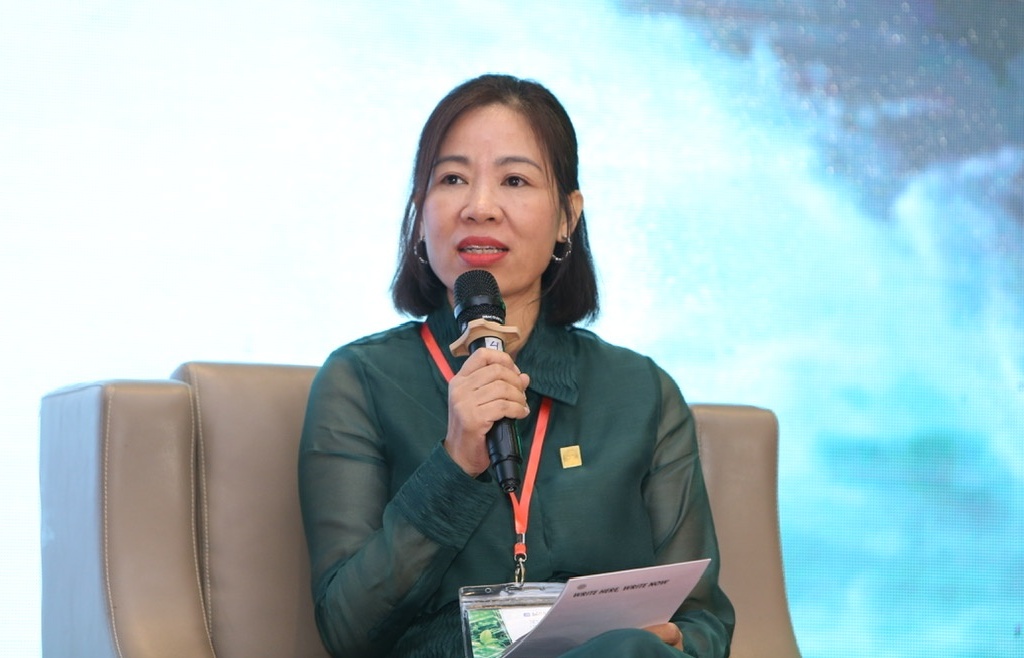


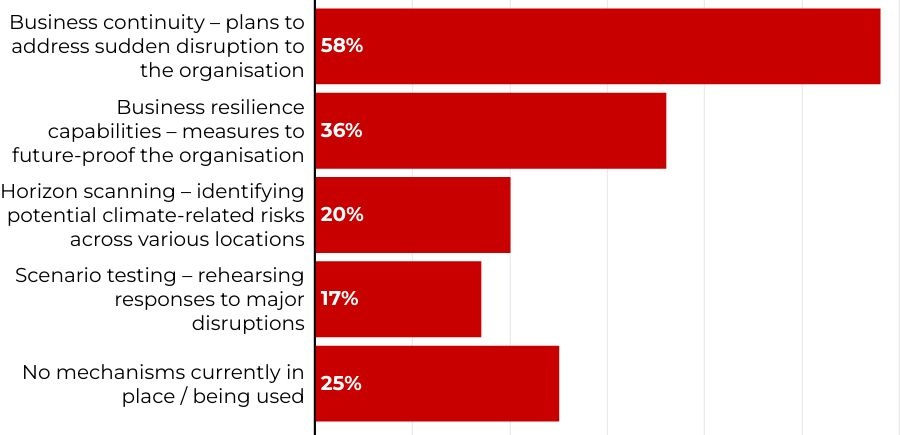
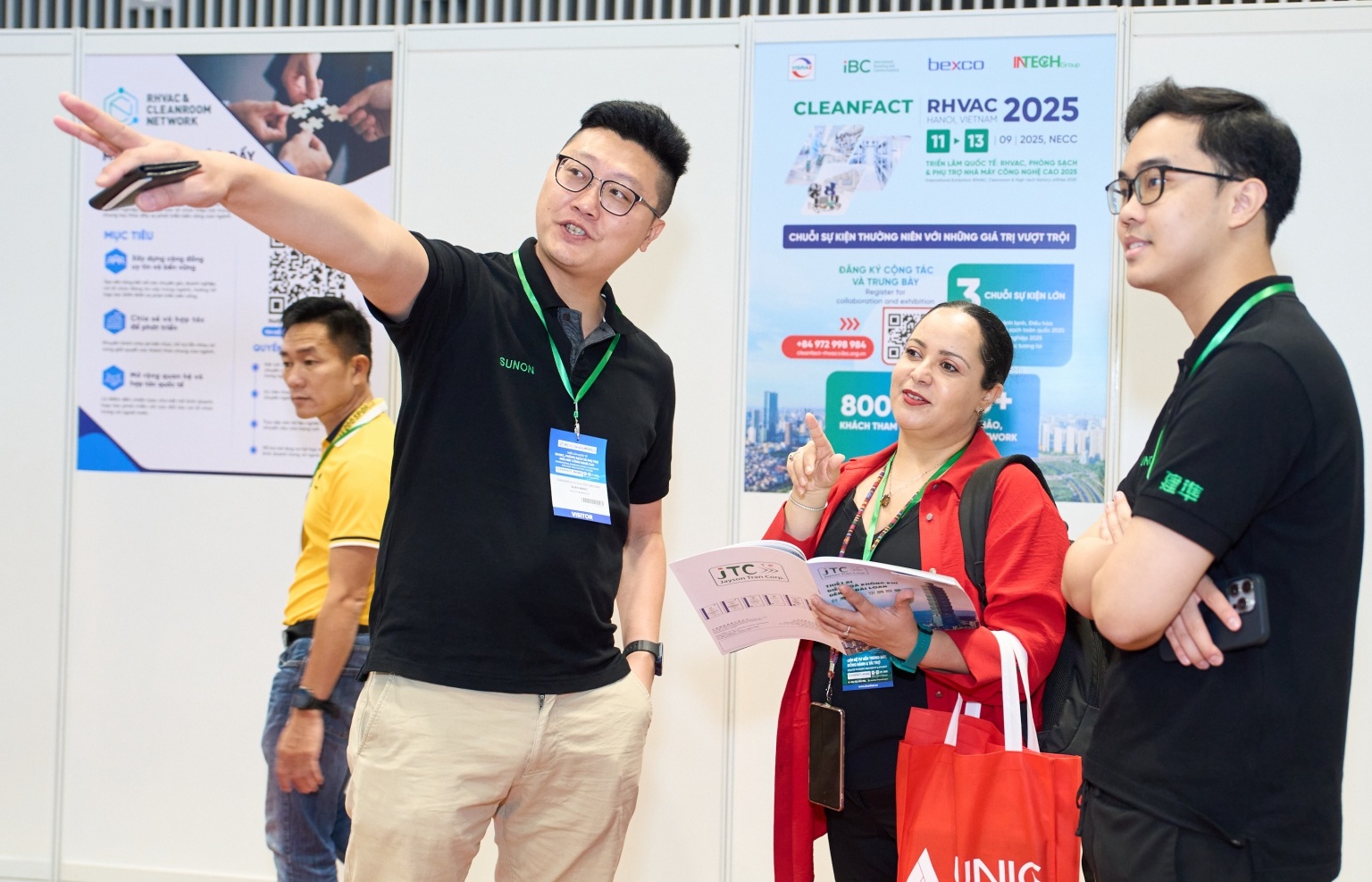
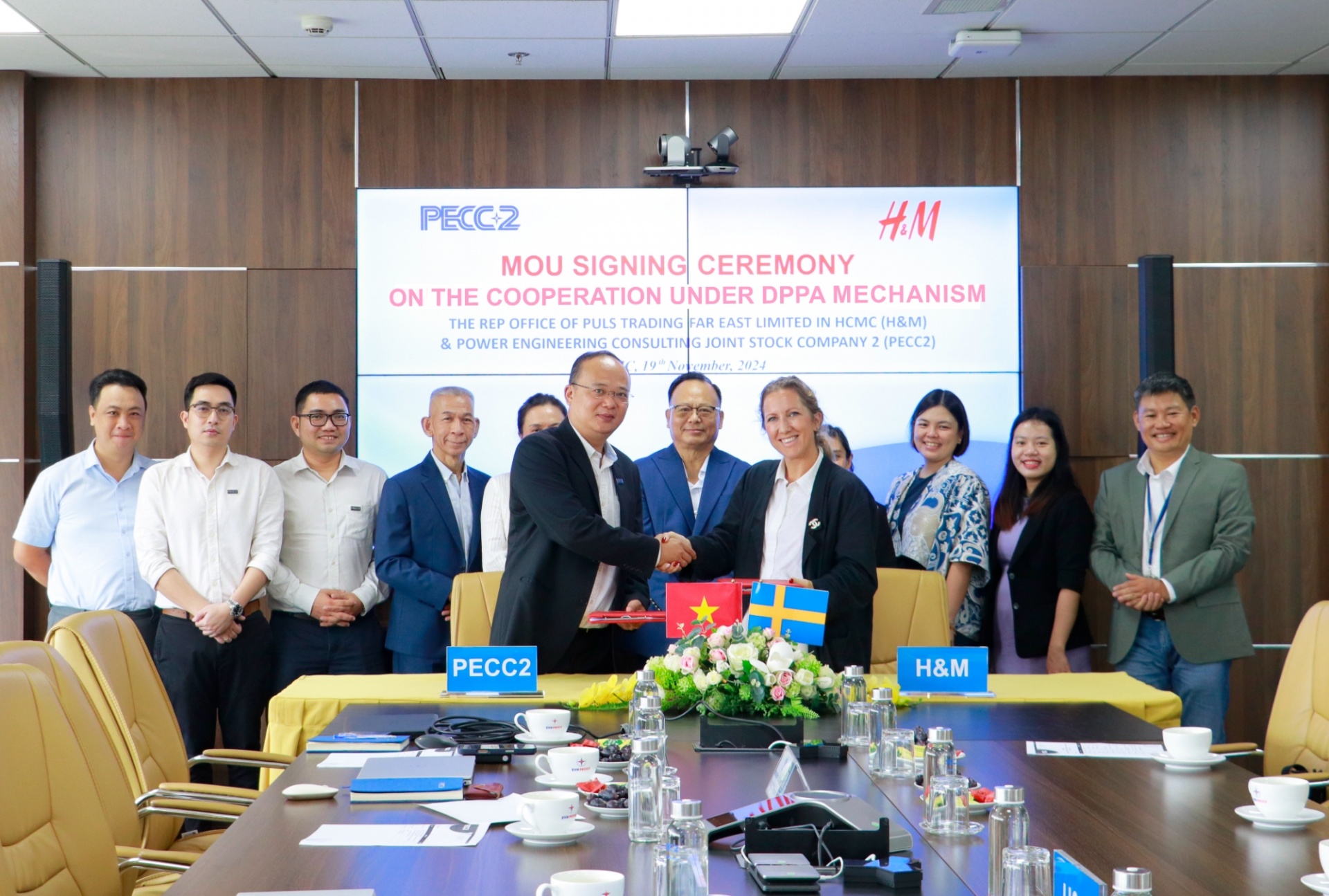
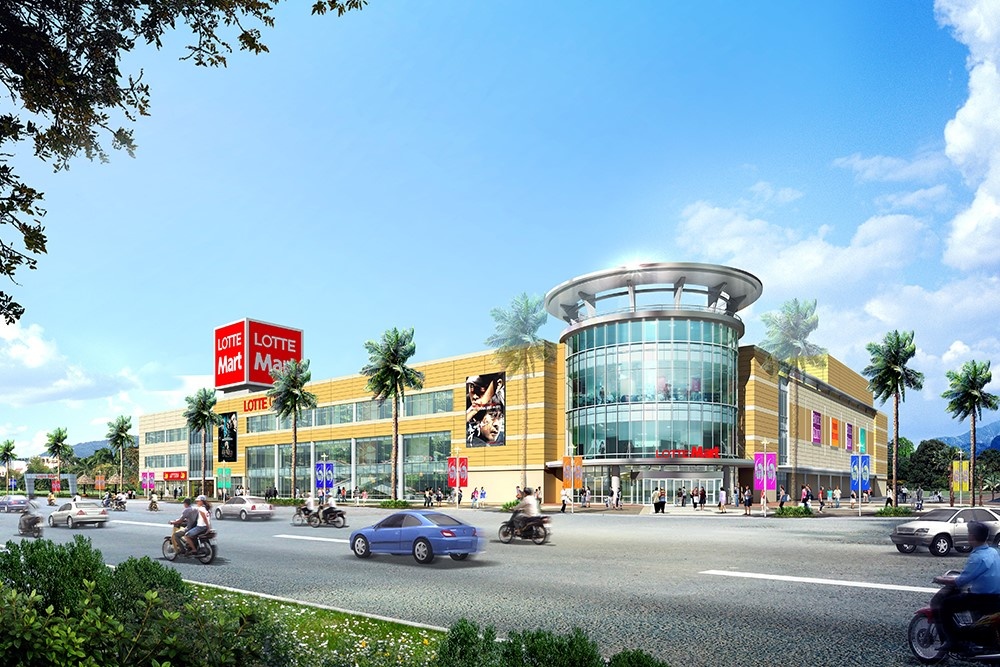












 Mobile Version
Mobile Version